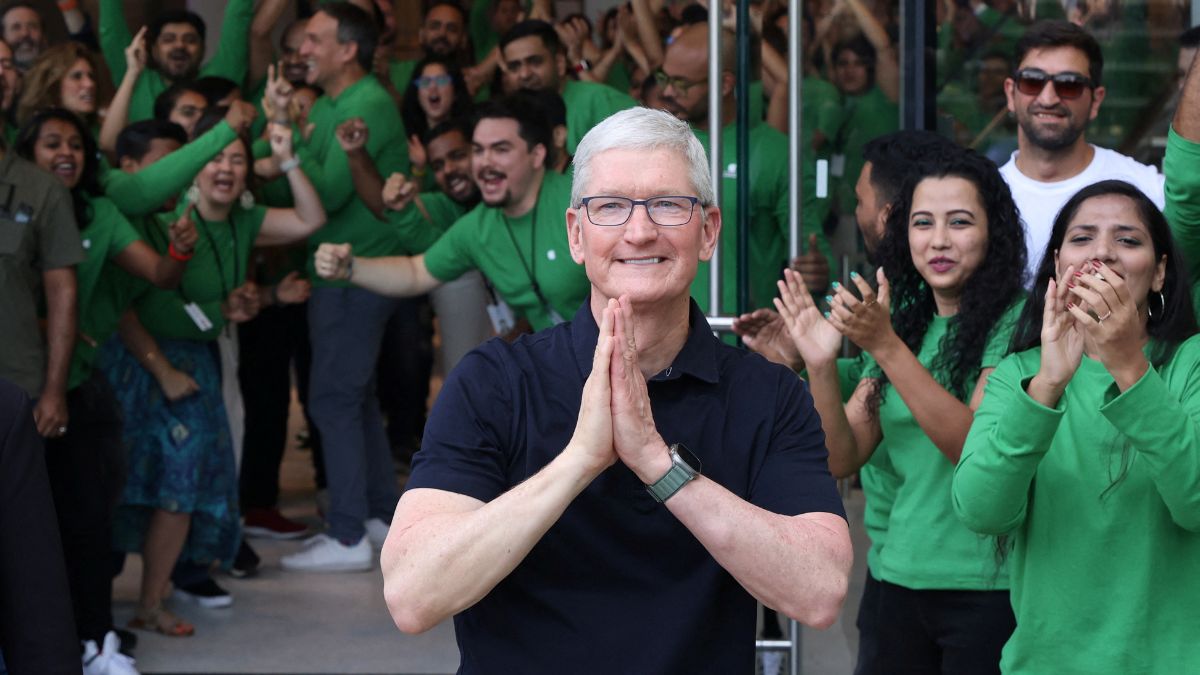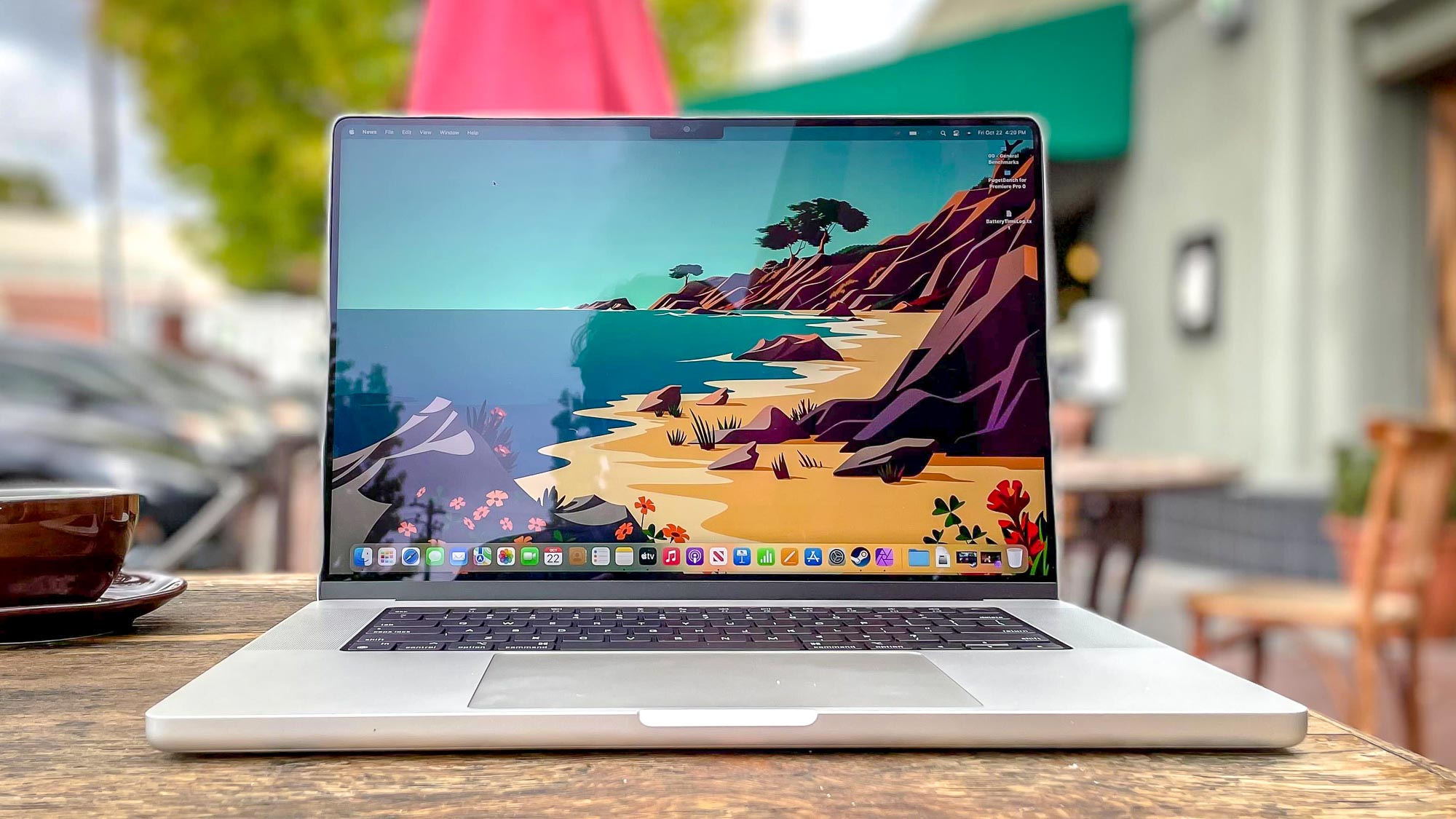India’s ambition to position itself as a global iPhone manufacturing hub has come under pressure following the Trump administration’s announcement of sweeping “reciprocal tariffs” on over 180 countries . India, which currently accounts for around 14 per cent of global iPhone assembly according to the Economic Survey 2023-24, has been hit with a 26 per cent tariff . While this is lower than the 54 per cent imposed on China and the 46 per cent on Vietnam, Indian officials and industry bodies are worried about the long-term fallout on electronics exports and manufacturing momentum.
“The 26 per cent tariffs imposed by the US present a significant challenge to India’s exports...

While India is better positioned than many other economies, these tariffs can potentially impact domestic industries, disrupt trade flows, and squeeze profit margins,” said Ashok Chandak, President of the Indian Electronics and Semiconductor Association (IESA), as quoted by Doordarshan . The United States is India’s largest trading partner, accounting for 18 per cent of its total goods exports. The newly imposed tariffs could put at risk the country’s fast-growing electronics sector — especially smartphone exports led by Apple’s manufacturing partners such as Foxconn, Tata and Pegatron.
Apple has relocated up to 15 per cent of its iPhone production to India and plans to increase that share to 25 per cent by 2025. Bernstein analysts estimate that India could reach 15–20 per cent of total iPhone production by the end of 2025, reported CNBC . This shift is part of a broader strategy to diversify away from China amid geopolitical tensions and now, severe tariff hikes.
While Apple has not issued an official statement about the tariff policy, its stock dropped more than 8 per cent following the announcement — marking its worst single-day performance since 2020. Evercore ISI analysts estimate that around 10 per cent to 15 per cent of iPhones are currently assembled in India. But even as India becomes a more important base, the tariffs could throw a wrench in Apple’s cost and pricing models.
The Cupertino tech giant faces a 54 per cent import duty on products coming from China, making India the “least bad” alternative for now. A senior industry official told The Times of India , “There’s a real chance companies could begin shifting new manufacturing to countries with lower tariff exposure.” For Apple, the financial implications are stark.
Rosenblatt Securities estimates suggest that the base model iPhone 16, which launched in the US at $799, could see a price increase of up to 43 per cent — pushing the cost to $1,142 if Apple decides to pass on the added expenses to customers. The premium iPhone 16 Pro Max could reach nearly $2,300 , or ₹1.9 lakh in Indian currency.
The iPhone 16e, a budget model launched to promote Apple’s AI offerings, could jump from $599 to $856 under the same cost pressures. These projections highlight the squeeze on Apple’s pricing strategy, particularly as sales slow and new AI features fail to generate significant excitement. With the US, China, and Europe being Apple’s largest markets, such tariff-driven cost surges could dampen demand.
While India remains in a relatively better position compared to peers like China and Vietnam, it is not immune to the broader strategic shifts in global trade. The Indian Cellular and Electronics Association (ICEA) has flagged that several nations — including Brazil, Turkey, Saudi Arabia and the UAE — have secured lower tariffs, mostly around 10 per cent or less. Saudi Arabia and the UAE, in particular, are considered short-term threats due to leaner supply chains and competitive labor costs.
“There’s a real chance companies could begin shifting new manufacturing to countries with lower tariff exposure,” a senior industry official warned. The official told The Times of India , “The shift to low-tariff countries may happen to absorb the impact of high production costs, which could stoke inflation and reduce demand in the US.” Also Watch : Against this backdrop, India is hoping to fast-track a bilateral trade agreement (BTA) with the US to safeguard its interests.
“Support from corporations such as Apple, Microsoft and Google may be sought...
to reinforce India’s pitch during BTA negotiations with the Trump administration,” a senior industry official told The Times of India . With nearly ₹1 lakh crore worth of iPhones exported between April and January — up from ₹60,000 crore in the same period last year — India has shown remarkable progress. However, whether this trajectory can continue in the face of global trade tensions remains to be seen.
Despite the challenges, India continues to attract multinational giants looking to diversify away from China. Government incentives under the PLI scheme have played a major role, with Apple’s partners receiving over 75 per cent of the nearly ₹8,700 crore disbursed so far. With inputs from agencies.
Technology

Trump’s tariffs just hit Apple hard: Can India still become the next iPhone factory?

India’s dream of becoming Apple’s next manufacturing powerhouse faces new hurdles after the US imposed a 26 per cent tariff on Indian electronics. While India is less affected than China or Vietnam, the rising costs threaten to derail Apple’s ‘Make in India’ expansion and push prices higher. Can India still stay in the global race for iPhone production?














